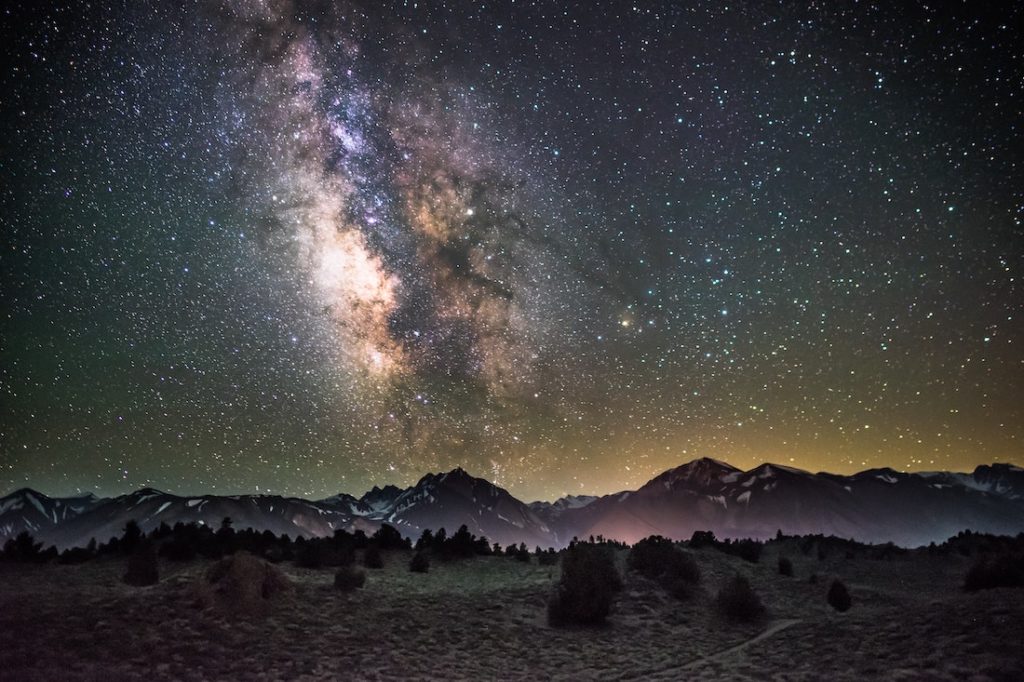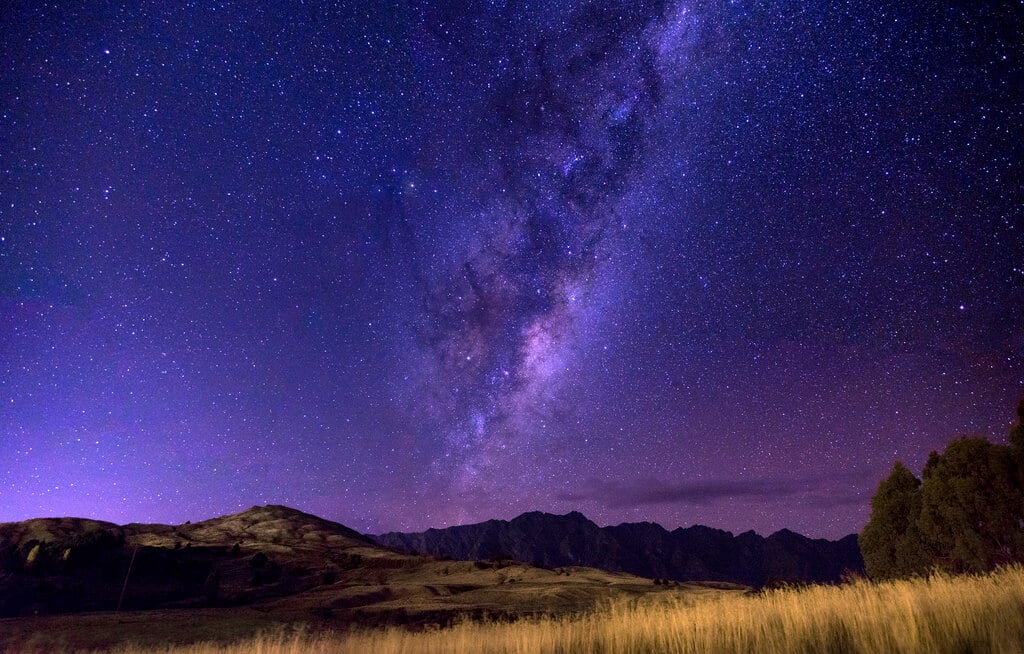Most of us can agree that few things are as, we don’t know, majestic as looking at the night sky. Millions of miles away these beautiful, glimmering stars are just there. And don’t even get us started on shooting stars or cathing a meteor shower; but the thing is, we don’t know a lot about stars, but luckily there are a lot of people out there that do know a lot about them, so we present to you, facts about stars. (From people way smarter than us!)

Every star that we can see is bigger and brighter than the sun. Yes, you’re reading that correctly. There are actually only a handful of stars that are the same brightness as the sun, and those stars are very faint. To put things a little bit more into perspective, if you were to travel to a star that you can clearly see right now, there’s a really good chance you wouldn’t be able to see the sun from that spot.
Have you ever stepped out on a clear night and thought if there was any chance you could keep them all straight, there was no doubt that you could count a million stars in the sky? Well, sorry to burst that romantic bubble, but you were wrong. In fact, on the clearest of nights, you can see roughly 2,000 – 2,500 stars, max.
If you had to guess which lived longer between a dwarf star and a gigantic powerful star, which would you say? If you said gigantic powerful star, then you are 100% incorrect, because the answer is a dwarf star. Powerful stars require a lot of energy, so much that they just aren’t sustainable, the lack of energy in dwarf stars works in their favor.

Can you imagine waking up one morning and there are two suns? Or going to bed and being able to see two moons? This would mean that the sun or moon would have to share the same center of gravity with another sun and moon, and while this clearly isn’t happening with our sun and moon, it is very much happening with stars. Stars tend to travel in clusters, sharing the same center of gravity with other stars, just moving through the universe together.
We’re leaving you with the saddest fact of all, and that is that stars don’t actually twinkle. The twinkling illusion has everything to do with the Earth’s atmosphere. A star’s light has to pass through so many layers of the atmosphere, all of which are varying densities, that the twinkling visual we all know and love is created during this process.
